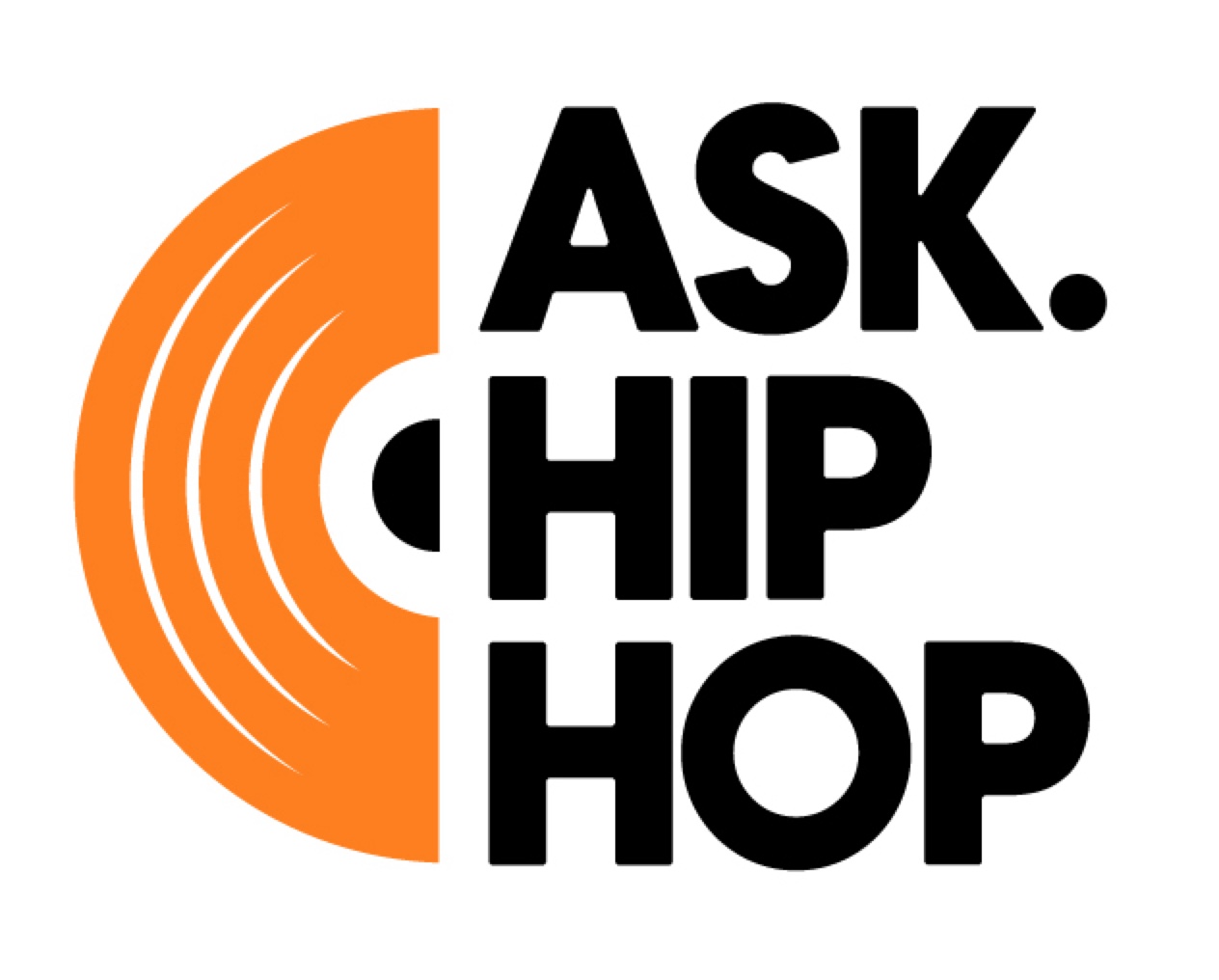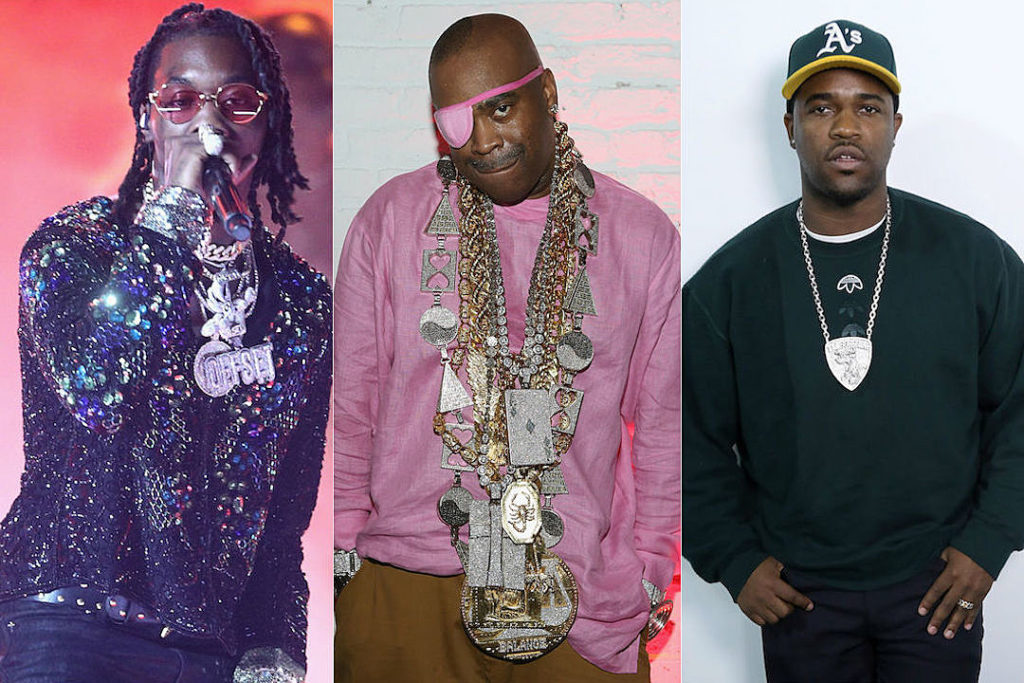Before platinum and the “bling bling” label, Hip Hop had another form of juice that signified more than wealth. The dookie rope (roll) was a symbol of arrival and respect that popped up around the necks of some of the most prominent artists when our favorite culture was in its infancy stages. They were not as flashy as the platinum ice of today nor were they blatant with the agenda pushing but the chains were as significant as any emcee that rocked them.
The dookie rope was a large gold chain that looked like an elongated braid or a long thick strip of metal. Most were extremely hollow with a yellow/gold tint, however, some ropes were solid metal. And like most chains, they varied in length and were 10-30mm in width. There were some that drooped down to the center of the torso and there were shorter versions that hung below the collarbone. They also came mid-center for those who wanted a happy medium. There were also different styles that catered to specific tastes. The Curb, Cuban and Figaro link were all oversized versions that became quite popular as the trend grew.
Although the chains were not as pricey as platinum, they could still cost anywhere between ten to twenty thousand dollars, which was serious cash during the ‘80s and ‘90s. Some emcees that didn’t have the means to keep up with the craze found other ways to floss. Many rappers including Too Short (who still has his original piece from 1988) were able to borrow different chains from jewelry stores provided they returned them safe and sound. This was a way for the jewelry store to get exposure from world famous artists but also another means for emcees to maintain their image. Even one of the most notable emcees to rock the dookie rope had to find an alternative before he was able to afford one of his own. Some were probably certain that Slick Rick owned the chain he wore in his “Teenage Love” video but surprisingly, he borrowed it from his friend, Big Daddy’s Kane.
During the 1980s, most emcees and people who could afford them wore the dookie rolls as a fashion mark and status. DJ Jazzy Jeff and the Fresh Prince, Biz Markie and Jam Master Jay all rocked the chains throughout videos and concerts. It became such a huge part of the culture that we started to see more of our favorite emcees exceed one or two pieces and get more creative with their medallions, length and overall look. There were instances where it seemed as though it was a competition to see who had the biggest chain.
Many emcees owned different dookie rolls, but Slick Rick and Rakim were by far the most lavish. Rakim wore the now infamous chain with the Mercedes emblem attached in his “Microphone Fiend” video and inspired a slew of individuals to get inventive with their original pieces. Rick was also extravagant with his selections but he was by far the most ostentatious. He was known for sporting up to thirty-two chains at a time with an endless amount of gold rings, a crown and his infamous Libra plate. He also pioneered the “truck ice” that we see present day emcees wearing from Ghostface Killah to Busta Rhymes.
In addition, getting the gold rope was a representation of street creed and arrival. Jam Master Jay incorporated the dookie rope in his wardrobe before he became a part of Run-DMC. So when he did join up with his future band-mates, he gave Run and DMC their own chains as a symbol proving they were official in the Hip Hop game. This concept is still very much a part of the culture as we have witnessed Dame Dash presenting Kanye West with his Roc-A-Fella medallion showing how the tradition has carried on.
Throughout the years, the dookie ropes have popped in and out as a popular entity on the Hip Hop fashion scene. They slowly disappeared throughout the nineties as platinum and the “iced out” look took over. However, twenty years later, we see them re-emerging with the newer school emcees paying homage to the originators. Despite the inconsistent appeal, the chains have transcended beyond the Hip Hop world proving the impact the cultures had beyond music and lyrics.



